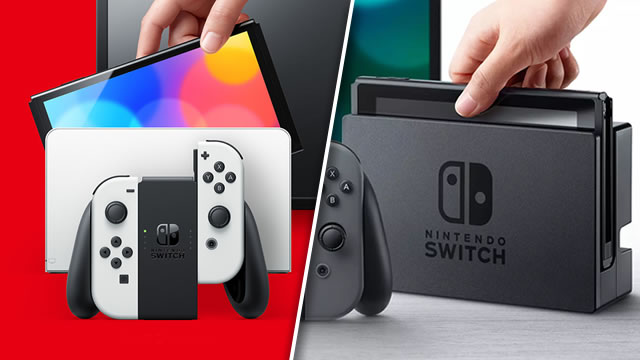Nintendo likes a hardware revision, and the new Switch OLED gives the company’s hybrid handheld a swanky new screen. However, not everyone knows what makes OLED special, especially when compared against LCD technology. When it comes to the Switch OLED vs. LCD battle, which system comes out on top? More importantly, which model is more deserving of your hard-earned money?

Atlas is an action-rpg with rogue-like elements where you use your ability to control the ground to fight the enemies and move through procedurally generated worlds.










